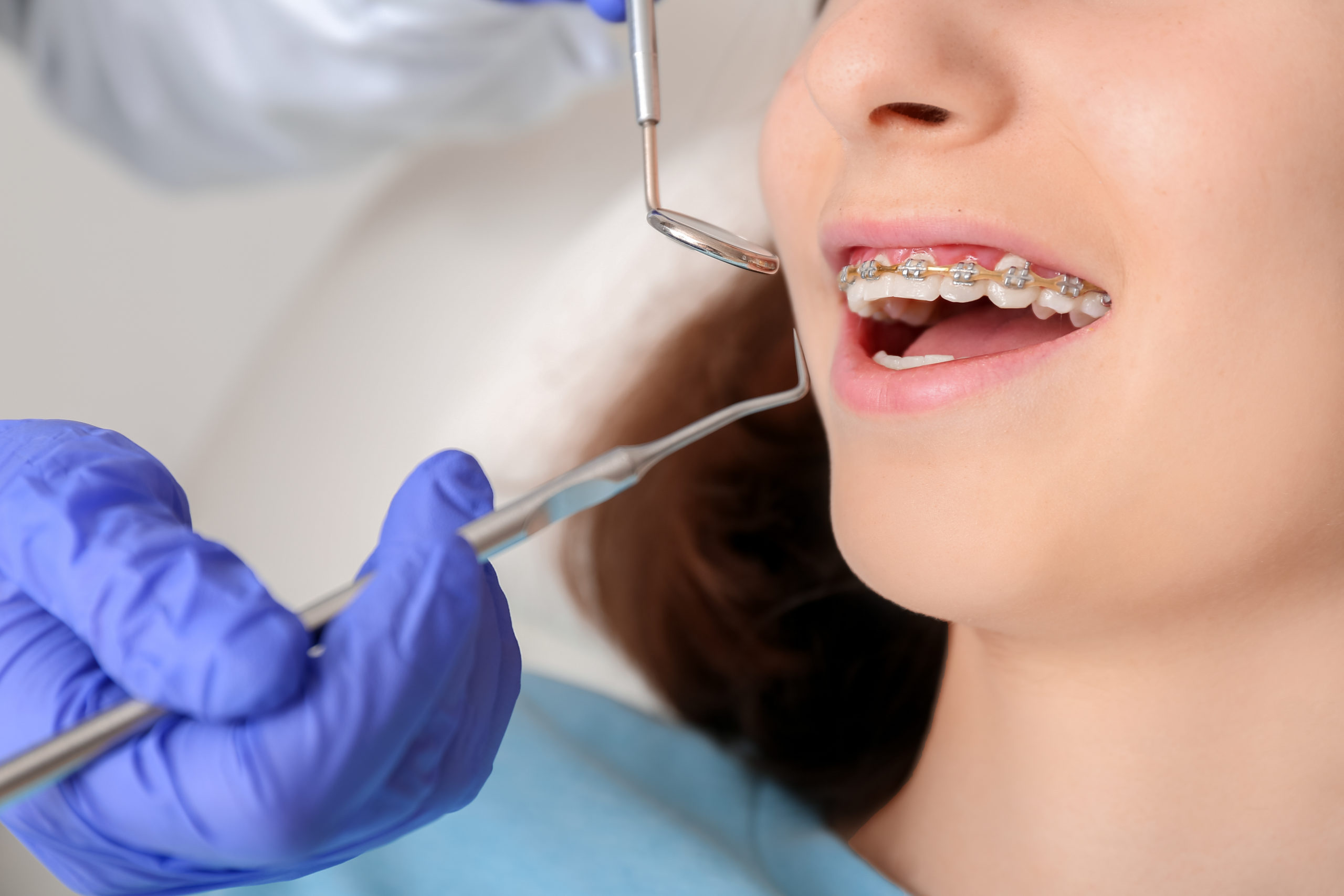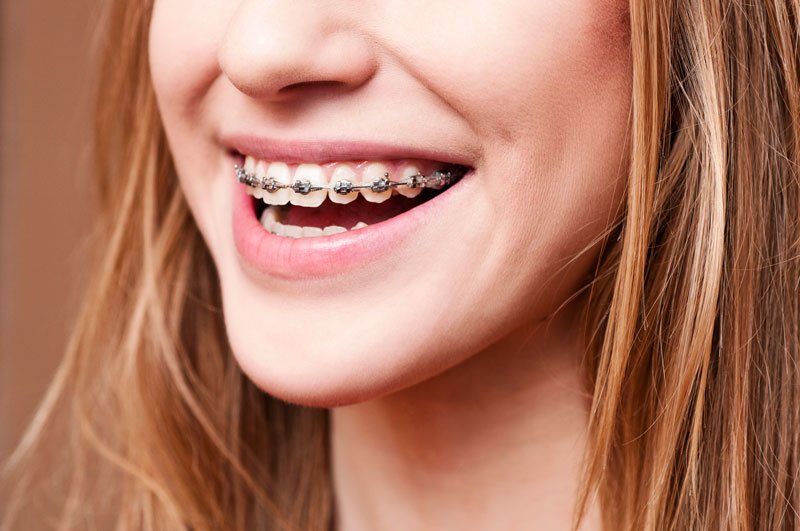Comprehensive Guide to Orthodontics Procedures for Dealing With Dental Imbalances
Recognizing the details of each treatment, including their devices, advantages, and prospective disadvantages, is important in making notified decisions about one's orthodontic treatment. As we browse via the thorough overview to orthodontic procedures for correcting dental imbalances, the detailed information of each technique will unravel, losing light on the path toward a useful and harmonious dental positioning.
Orthodontic Procedures Introduction

In addition to clear aligners and traditional dental braces, orthodontists might additionally suggest various other interventions like headwear, palatal expanders, or retainers to deal with details alignment problems (aligners). These treatments are tailored to every person's distinct needs and may involve a combination of treatments to attain the desired results. Routine changes and tracking are critical parts of orthodontic treatment to make certain progress gets on track and to make any required alterations along the road. By going through orthodontic treatments, people can not only accomplish a straighter grin yet also improve their general dental wellness and function.
Traditional Braces: How They Work
When taking into consideration orthodontic treatments for dental imbalances, standard braces stand out as a reliable method for dealing with teeth placing. Conventional dental braces are composed of brackets, cables, and bands that collaborate to apply continual stress on the teeth, gradually relocating them right into the preferred placement. The brackets are connected to the teeth utilizing an unique adhesive, and the wires are threaded via the brackets. By readjusting the tension of the cords, orthodontists can manage the instructions and force related to each tooth, guiding them right into proper positioning in time.
As stress is applied to the teeth through the braces, the bone surrounding the teeth is improved to support the new tooth positions. People will certainly require regular modifications at the orthodontist's office to make certain the braces proceed to use the right stress for efficient teeth motion.
Undetectable Aligners: Disadvantages and pros
These clear, customized trays are practically unseen when used, making them an attractive option for people seeking an extra visually pleasing orthodontic therapy. Individuals can remove the aligners before consuming or cleaning their teeth, minimizing the threat of food getting stuck in the home appliance and simplifying the cleansing process.

Surgical Orthodontic Options
Surgical treatments in orthodontics present feasible choices for attending to complicated oral imbalances that may not be successfully solved via standard orthodontic therapies. While typical dental braces and unseen aligners can remedy several orthodontic concerns, specific situations require surgical treatment to attain ideal results. Surgical orthodontic choices are usually recommended for severe malocclusions, substantial jaw disparities, and situations where the underlying bone structure requires alteration to attain appropriate alignment.
One common medical orthodontic procedure is orthognathic surgery, which entails repositioning the jaws to fix functional concerns such as difficulty chewing or talking. This surgical procedure is typically carried out in cooperation with an orthodontist that helps straighten the teeth before and after the treatment. Surgical orthodontics may additionally entail procedures to expose affected teeth, remove excess periodontal tissue, or improve the jawbone to create an extra harmonious face profile.
Prior to thinking about medical orthodontic choices, people undergo a thorough examination to identify the need and potential advantages of such treatments. cumming orthodontics. While surgery might appear complicated, it can considerably boost both the function and looks of the smile in cases where traditional orthodontic therapies drop short
Retainers and Post-Treatment Care

Failing to abide with post-treatment treatment directions can result in relapse, where the teeth slowly move back in the direction of their original placements. Constant retainer wear, good oral health, and normal oral check-ups are crucial for keeping the outcomes accomplished with orthodontic surgical treatment and guaranteeing the lasting security of the remedied dental alignment.
Conclusion
Finally, orthodontic treatments use various options for remedying dental misalignments. Typical dental braces use steel braces and wires to change teeth right into correct positioning. Unnoticeable aligners provide an even more discreet choice however may not be ideal for all situations. Surgical orthodontic choices are offered for more extreme misalignments. Retainers are generally utilized post-treatment to maintain the brand-new alignment. On the whole, orthodontic treatments can successfully improve oral health and visual appearance.
As we browse via the extensive overview to orthodontic treatments for Learn More Here dealing with oral misalignments, the complex details of each technique will certainly unfold, losing light on the path towards a harmonious and useful oral placement. - cumming invisalign
One of the most common orthodontic treatments is the usage of braces, which are composed of steel braces and cables that apply gentle pressure to slowly change teeth right into the wanted position.When thinking about orthodontic therapies for oral imbalances, traditional braces stand out as a time-tested technique for correcting teeth positioning. Furthermore, unseen aligners might not be ideal for complex orthodontic issues that require more significant teeth movement, as they are normally advised for moderate to moderate situations. Retainers are tailor-made orthodontic devices developed to hold teeth in their remedied positions after the conclusion of orthodontic treatment.